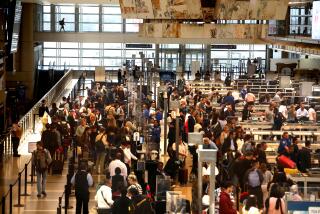With the start of spring on Thursday, will the stronger sun chase away the coronavirus?
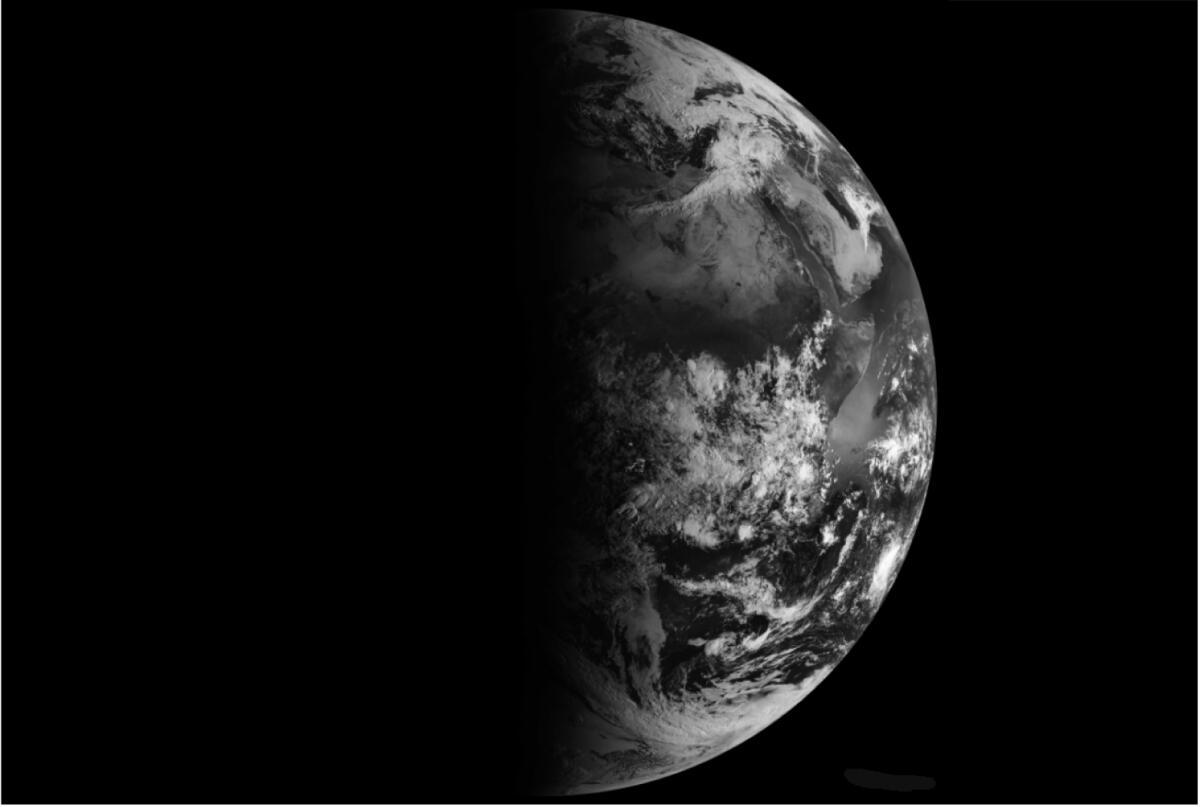
- Share via
U.S. Supreme Court Justice Louis Brandeis once said — in a different context — that sunlight is the best disinfectant.
Spring arrives on Thursday with the vernal equinox in the Northern Hemisphere, and the autumnal equinox in the Southern Hemisphere. Spring means the coming months will feature stronger sunlight. After Thursday, the sun’s arc across the sky will continue to climb higher until it peaks with the summer solstice on June 20.
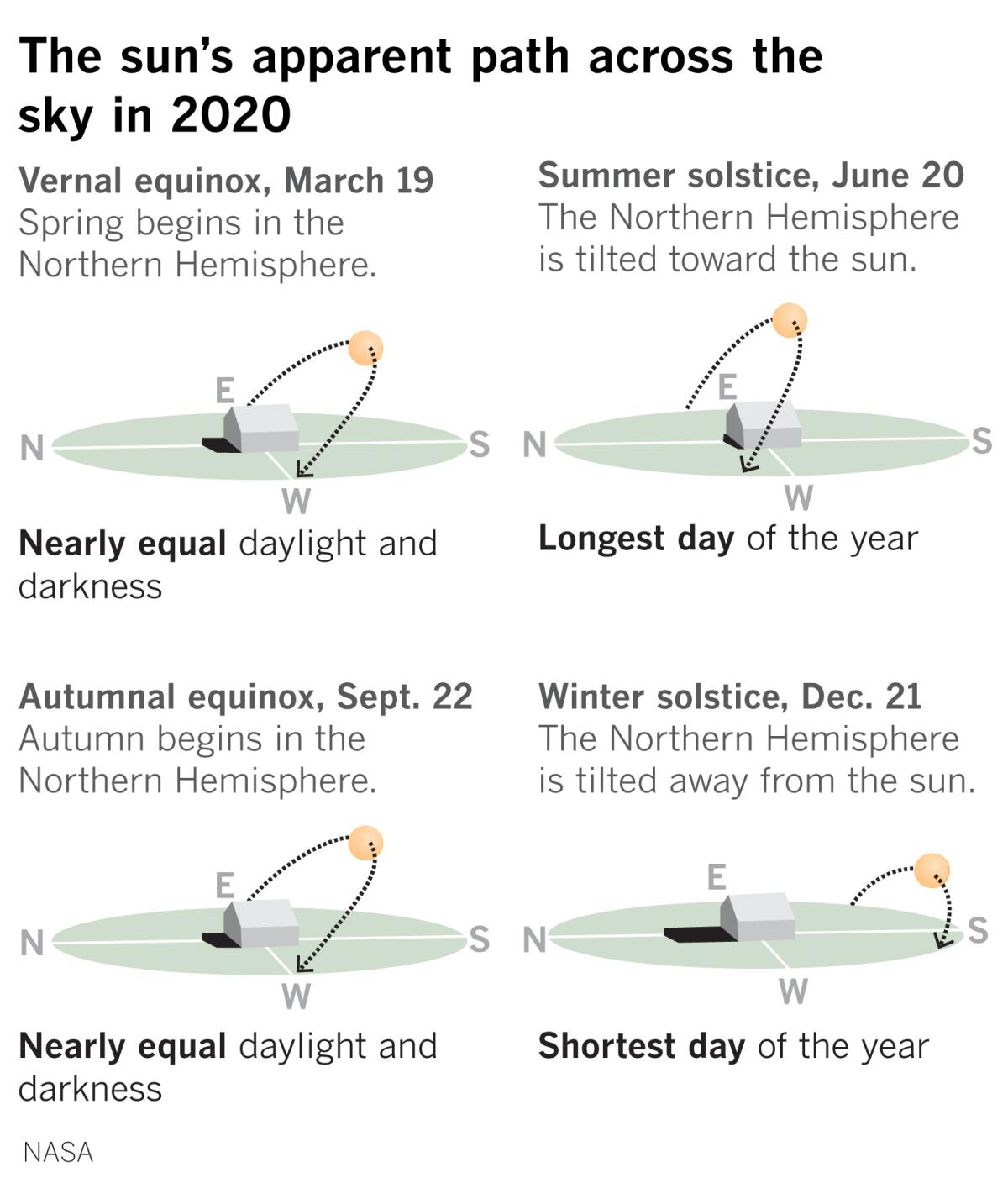
Will more direct sunlight and the warmer temperatures of spring and summer help to clear up the new coronavirus that’s responsible for the COVID-19 pandemic?
President Trump sure hopes so. “It looks like by April, you know in theory, when it gets a little warmer, it miraculously goes away — I hope that’s true,” he said in February.
But the truth is, because it is a completely new virus, no one really knows.
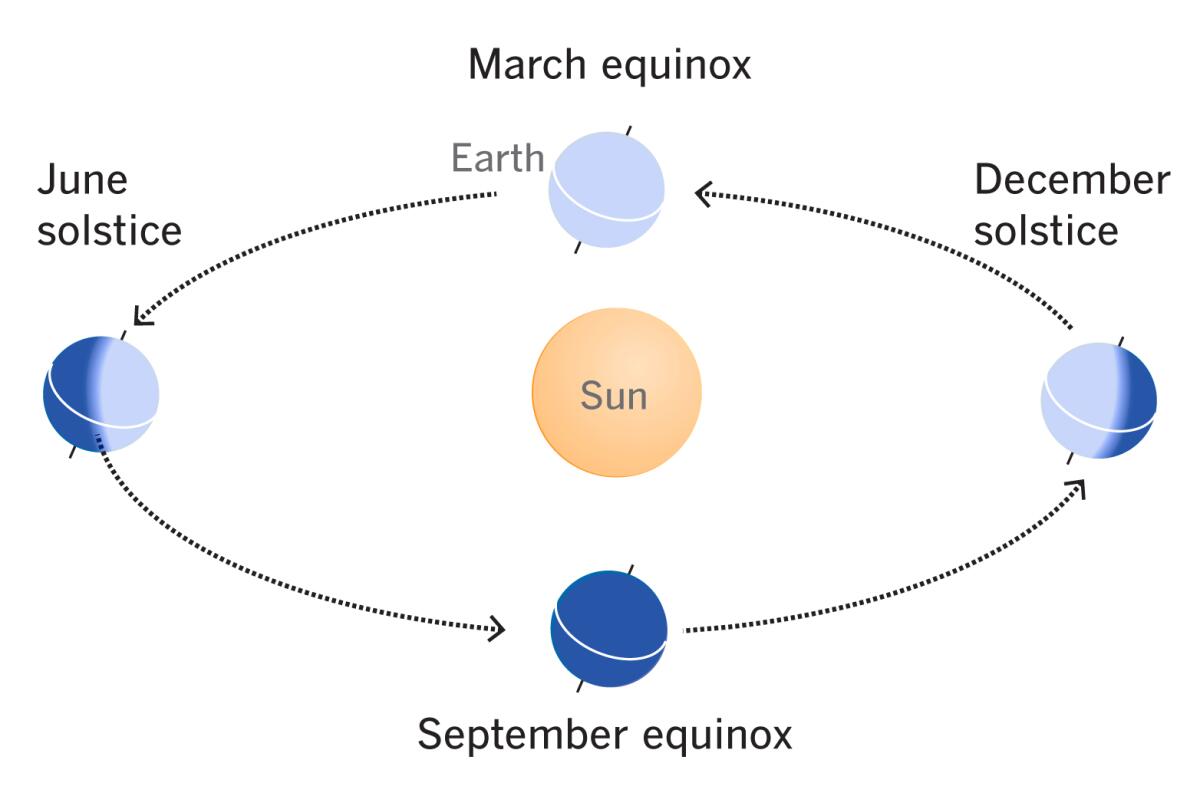
It is true that in the springtime, flu viruses and other types of coronaviruses that cause common colds often do fade, according to Dr. Anthony Fauci, director of the National Institute of Allergy and Infectious Diseases.
“But we do not know what this virus is going to do,” Fauci told members of Congress at a hearing last week. “We’ve got to assume that it’s going to get worse, and worse and worse.”
Other infectious diseases experts agreed that we’ll just have to wait and see.
“At this point, we don’t know enough about this virus to understand how it’s going to behave over time,” said Dr. Pritish Tosh, an infectious disease specialist at the Mayo Clinic in Rochester, Minn.
The World Health Organization noted that the virus that causes COVID-19 has infected people on every continent except Antarctica. It can be transmitted in all areas of the globe, including those with hot and humid weather.
The new coronavirus has been spreading in the Southern Hemisphere, where summer will turn to autumn on Thursday. Australia has reported more than 500 cases and five deaths during its summer season, while Brazil has reported more than 300 cases and one death.
It’s a myth that another coronavirus that caused the severe acute respiratory syndrome, or SARS, outbreak in 2003 went away on its own as the weather got warmer, according to Marc Lipsitch, an infectious disease expert at the Harvard T.H. Chan School of Public Health.
“SARS did not die of natural causes,” Lipsitch wrote recently. “It was killed by extremely intense public health interventions,” such as isolating infected people and quarantining those who came in contact with them.
It was also easier to identify the SARS patients who were most infectious because they were ill in a very distinctive way, he wrote. By contrast, the new coronavirus is spread by carriers who are still visibly healthy; in this case, people well enough to stay out of the hospital are playing a key role in the coronavirus’ explosive spread.
Although we don’t know what effect it will have on the virus, we can count on the fact that winter will give way to spring, which will arrive a day early this year because of leap day.
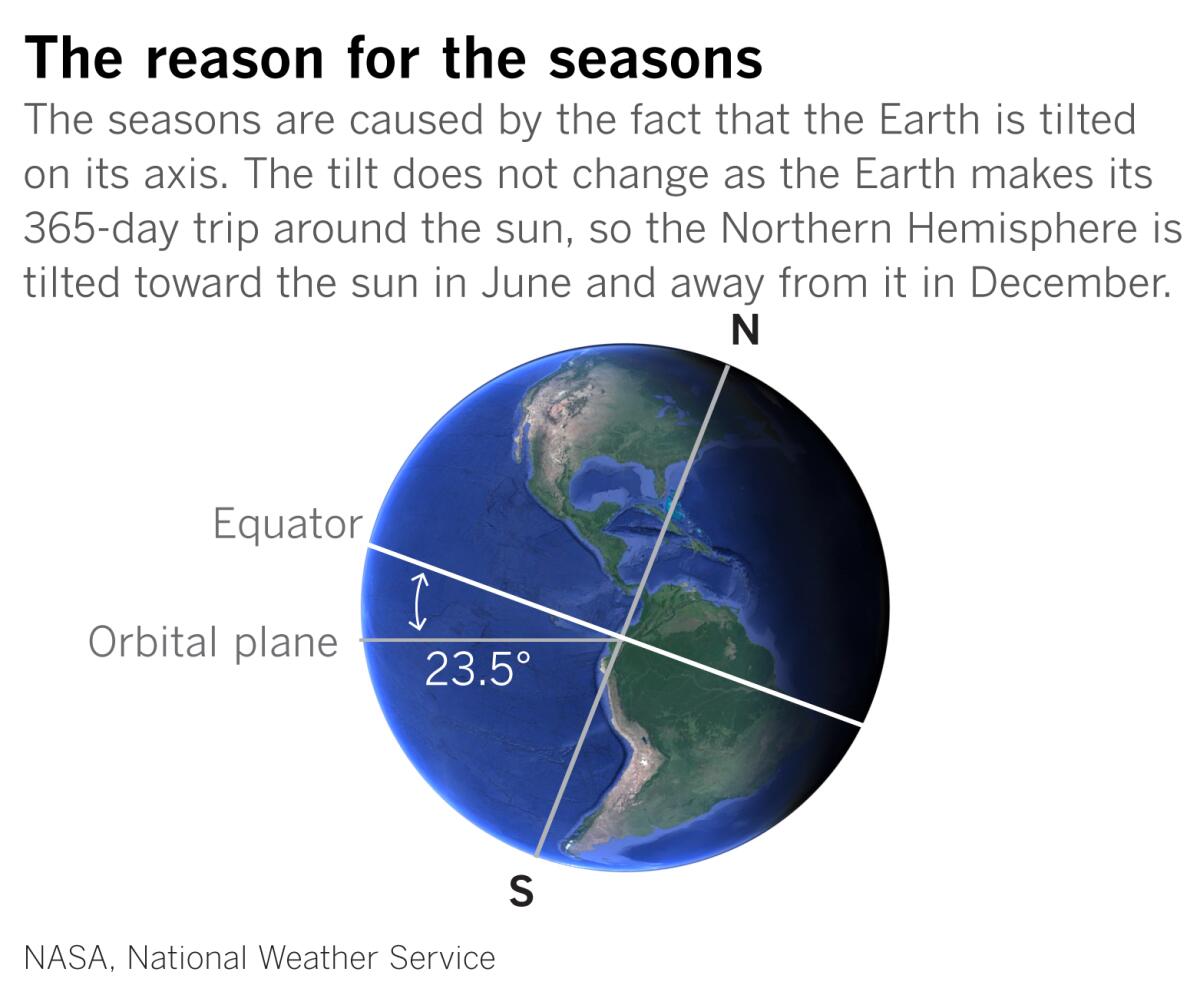
Warmer spring and summer days are thought to affect influenza in several ways:
• People who have spent the winter shut up indoors in close quarters with others finally go outside, where they’re less likely to breathe air shared with someone who has been infected.
• Sunlight promotes the body’s synthesis of vitamin D. With longer days and more sunlight, people will have increased levels of this, which strengthens their immune systems.
• Warmer air can hold more moisture. That’s not good for viruses such as influenza that prefer colder, drier conditions in order to spread. Spring days are likely to be warmer and perhaps more humid.
Whether these factors — or others — will affect the course of the COVID-19 pandemic remains to be seen.
In the meantime, the best advice with regard to COVID-19, as always, is to observe the public health measures recommended by local authorities and the Centers for Disease Control and Prevention.
Times staff writer Rong-Gong Lin II contributed to this report.
More to Read
Sign up for Essential California
The most important California stories and recommendations in your inbox every morning.
You may occasionally receive promotional content from the Los Angeles Times.


